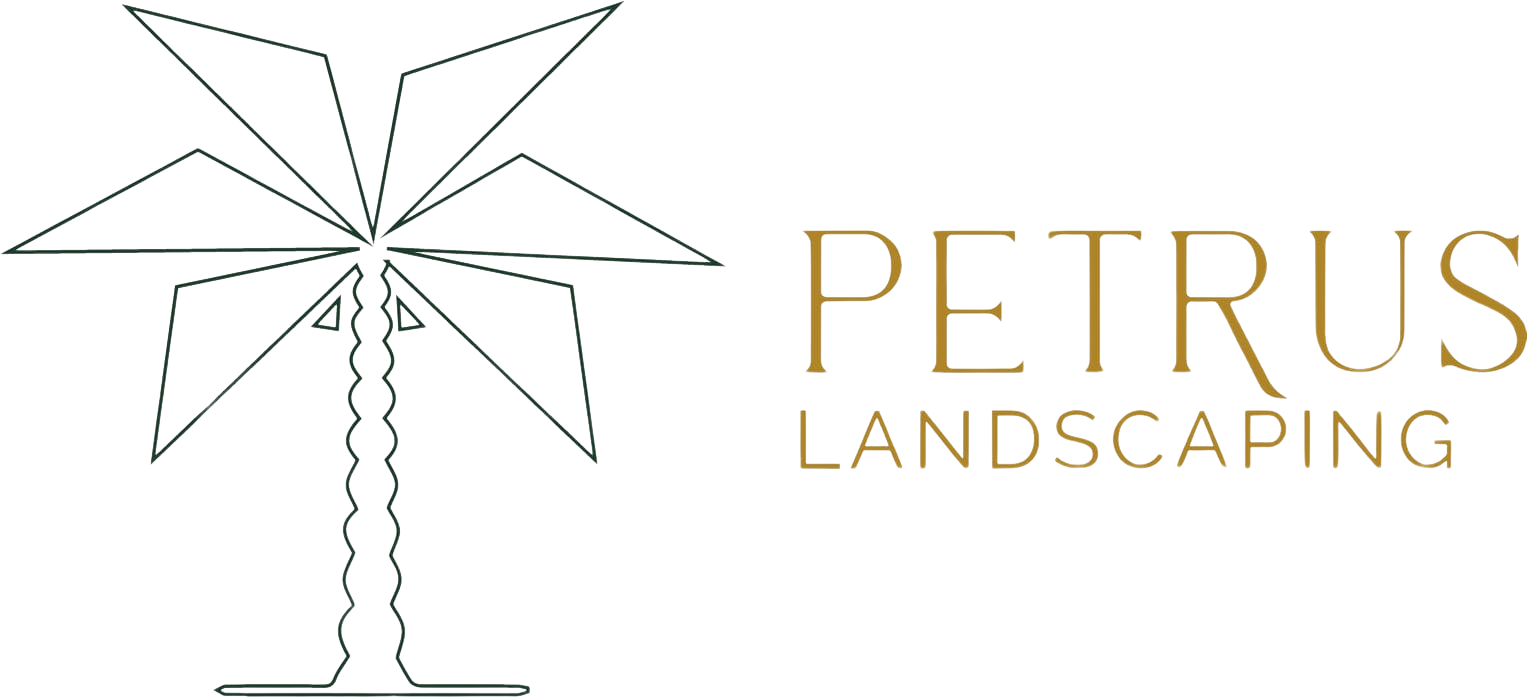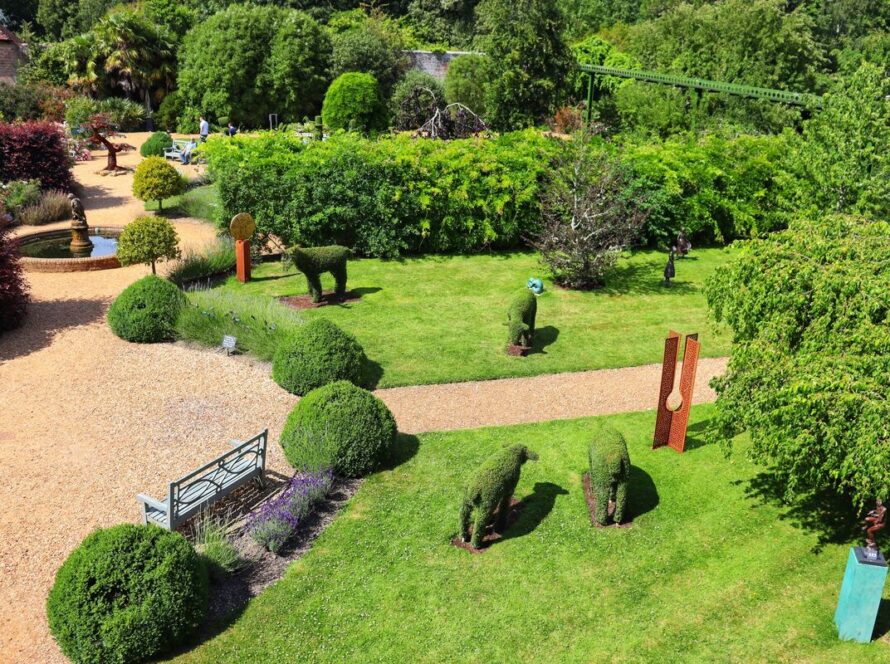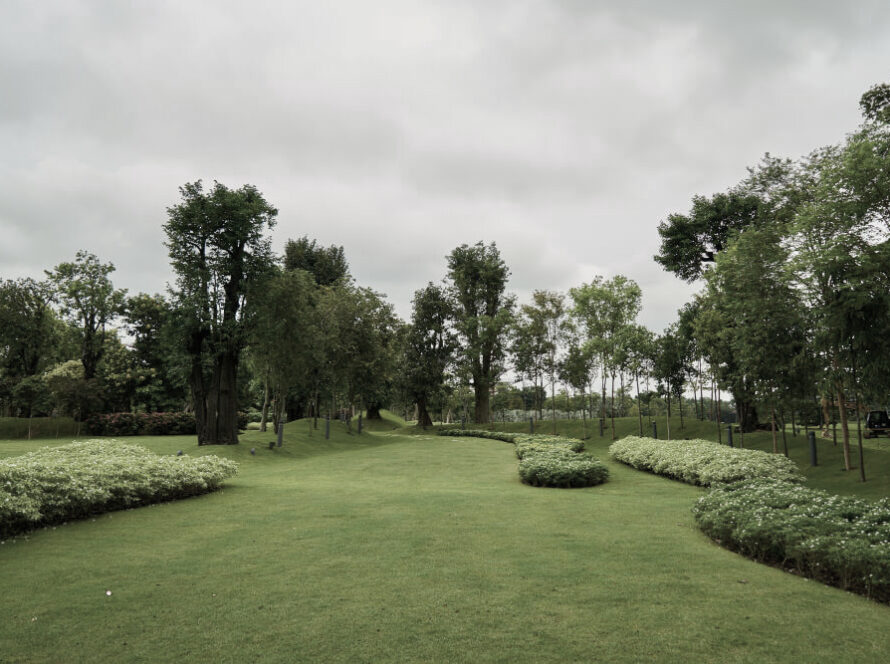Maintaining a lush, green lawn in San Jose requires attention and care. Over time, your lawn may start showing signs of distress, indicating that it needs repair. Identifying these signs early can help prevent further damage and restore your lawn’s health and vitality. In this article, we’ll understand how to recognize if your San Jose lawn needs repair and what steps you can take to address the issues effectively.
1. Brown or Yellow Patches
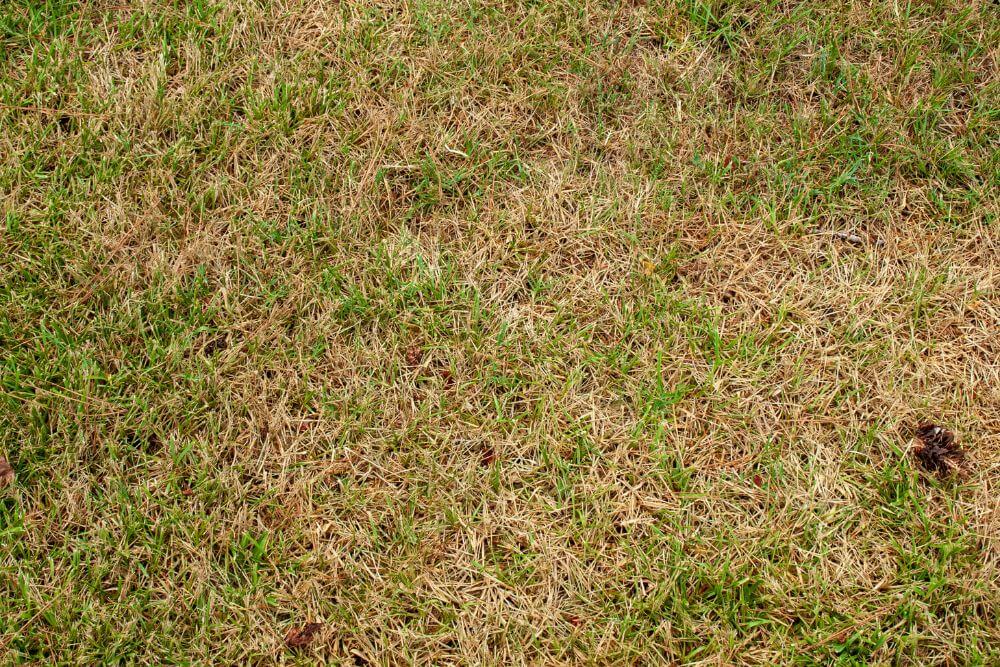
Brown or yellow patches scattered throughout your lawn can be an indication of various underlying issues. These patches may result from pests, diseases, or nutrient deficiencies. Take the time to inspect these areas closely to determine the root cause of the problem. Pests like grubs and diseases like brown patch fungus are common culprits that can wreak havoc on your lawn if left untreated.
- Causes: Brown or yellow patches may be caused by various factors including pests (such as grubs), diseases (like brown patch fungus), or nutrient deficiencies (such as lack of nitrogen).
- Solutions: Properly identify the underlying cause by inspecting the affected areas closely. Treat pest infestations with appropriate pesticides, address fungal diseases with fungicides, and correct nutrient deficiencies through fertilization.
2. Sparse Grass Growth
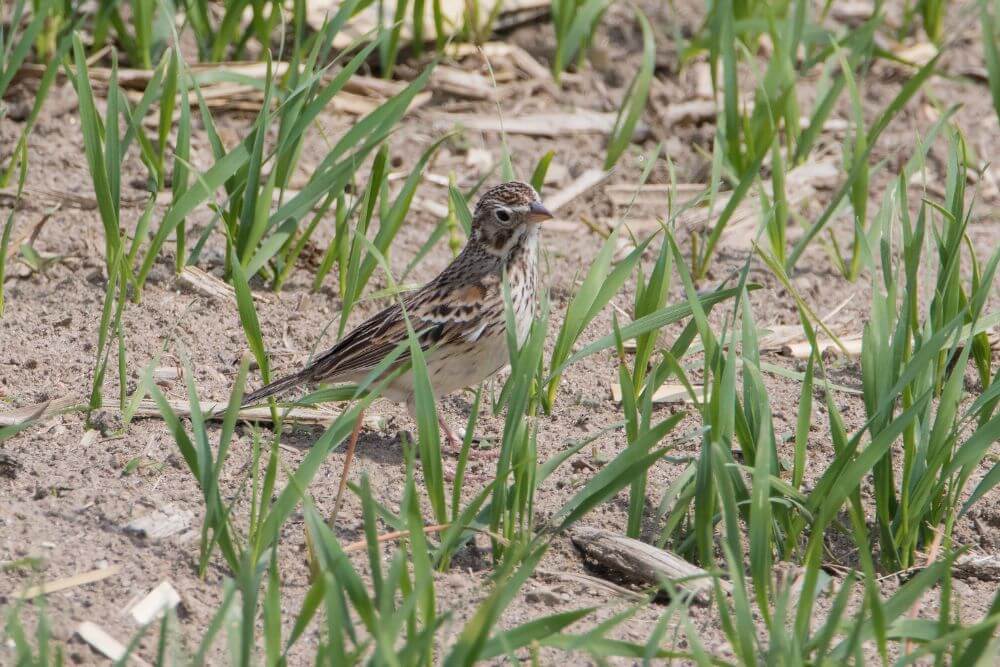
Sparse grass growth or thinning turf is another red flag that your lawn may need repair. Compacted soil, poor drainage, or inadequate sunlight can contribute to this problem. Consider aerating your lawn to alleviate soil compaction and improve grass growth..
- Causes: Sparse grass growth can result from compacted soil, poor drainage, inadequate sunlight, or nutrient imbalances.
- Solutions: Aerate the lawn to alleviate soil compaction, improve drainage by installing drainage systems or adjusting grading, ensure adequate sunlight exposure, and fertilize the lawn to address nutrient deficiencies.
3. Weeds and Unwanted Plants
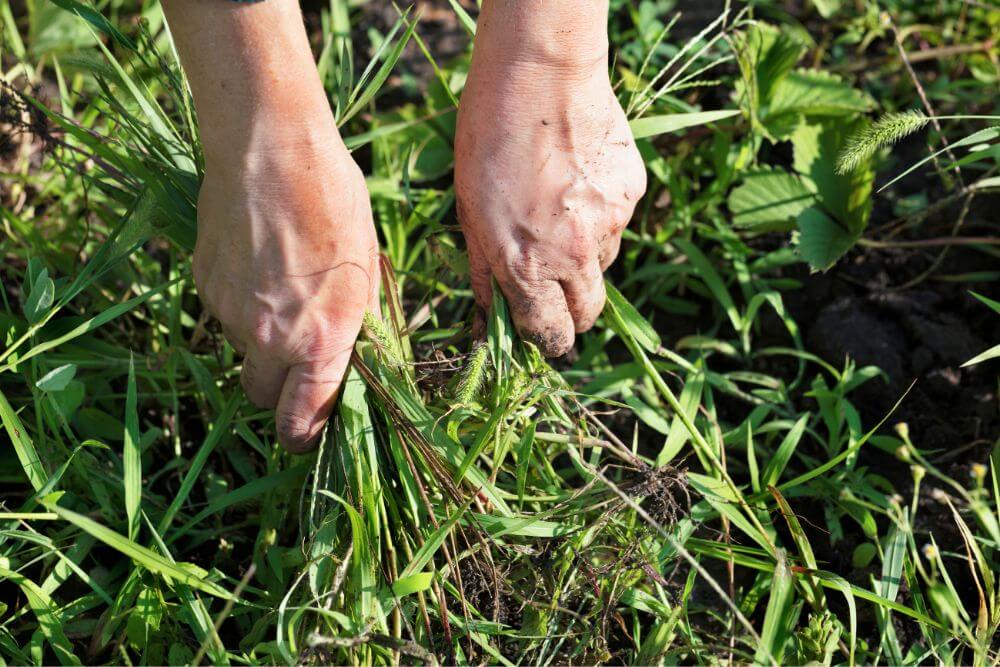
An abundance of weeds and unwanted plants in your lawn can outcompete grass for essential resources and detract from its appearance. Regularly inspect your lawn for weeds and take proactive measures to control them.
- Causes: Weeds and unwanted plants can invade the lawn due to factors such as soil disturbance, inadequate weed control measures, or nutrient imbalances.
- Solutions: Control weeds through methods like herbicide application, manual removal, or mulching. Implement proper lawn care practices to prevent weed growth, such as regular mowing and fertilization.
4. Visible Signs of Pests
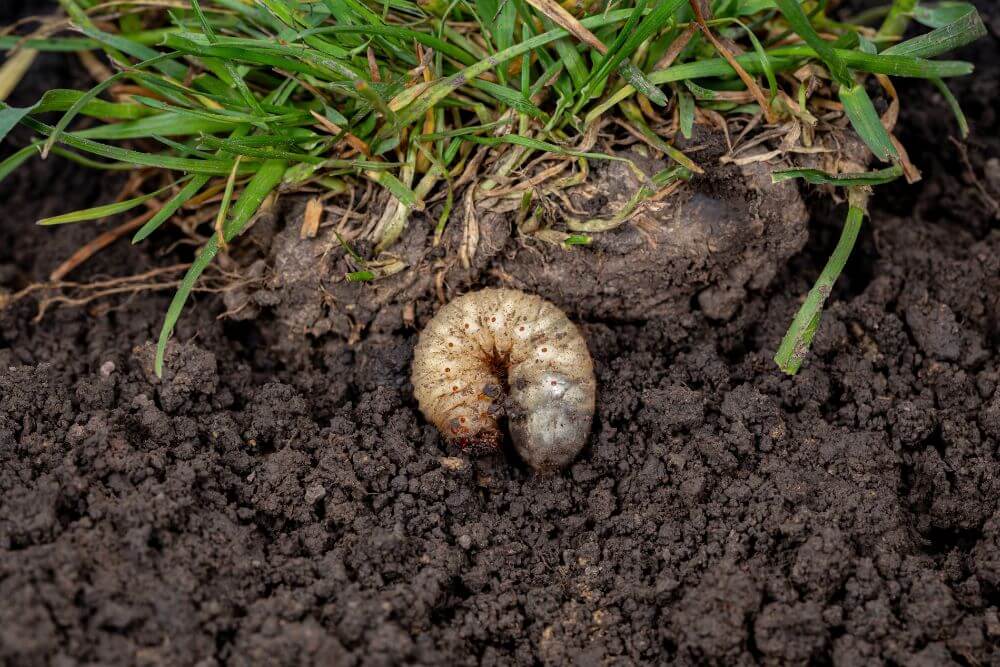
Keep an eye out for visible signs of pest infestations, such as chewed grass blades, tunnels in the soil, or insect activity on the lawn surface. Common lawn pests in San Jose, like grubs and sod webworms, can cause significant damage if left unchecked.
- Causes: Pest infestations in the lawn can occur due to factors like environmental conditions conducive to pest activity, lack of natural predators, or poor lawn maintenance practices.
- Solutions: Implement integrated pest management strategies to control pest populations, such as using biological controls, applying pesticides judiciously, and promoting a healthy lawn ecosystem.
5. Soil Compaction
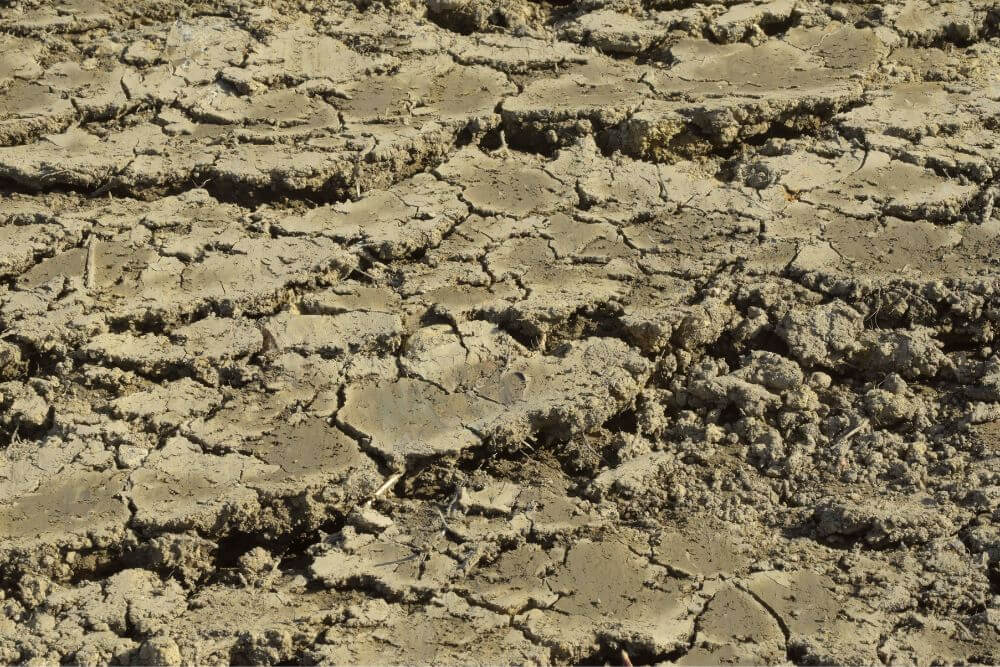
Compacted soil can impede root growth, restrict water infiltration, and lead to poor drainage. Conduct a simple soil compaction test by inserting a screwdriver into the soil. If it meets resistance or cannot penetrate easily, your soil may be compacted and in need of aeration.
- Causes: Soil compaction can occur due to heavy foot traffic, machinery use, or natural settling over time, leading to restricted root growth and poor water infiltration.
- Solutions: Aerate the lawn to alleviate soil compaction, improve soil structure by incorporating organic matter, and minimize activities that contribute to compaction.
6. Waterlogged Areas
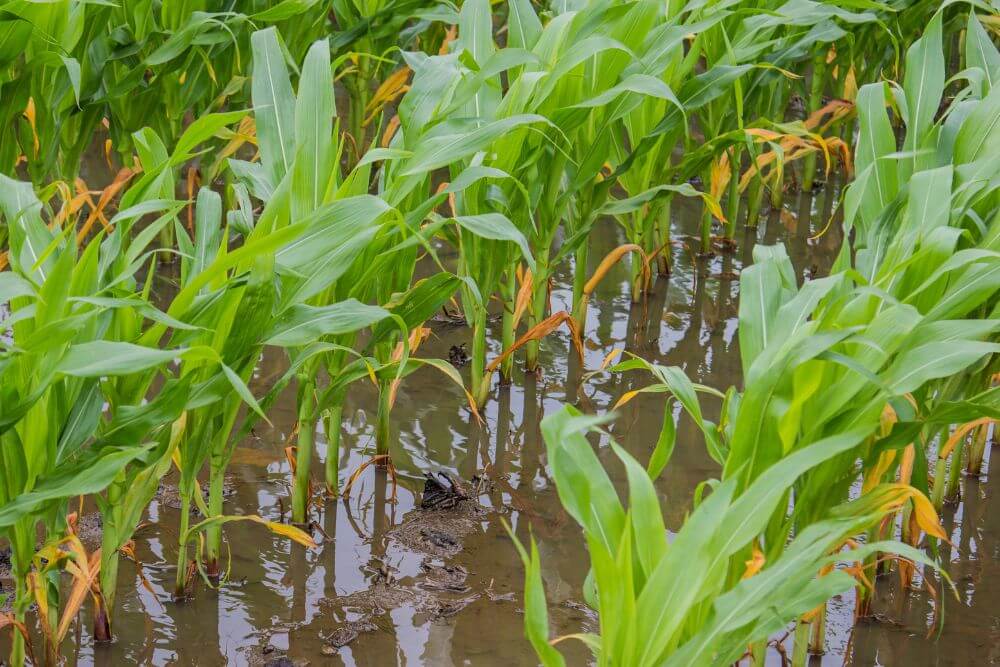
Excessive water accumulation or waterlogged areas on your lawn may indicate drainage issues caused by compacted soil or poor grading. Addressing drainage problems promptly can prevent water-related damage and promote healthy turf growth. Consider installing drainage systems or adjusting your lawn’s grading to improve water drainage and prevent future issues.
- Causes: Waterlogged areas may result from poor lawn grading, compacted soil, or inadequate drainage systems, leading to excess water accumulation.
- Solutions: Improve lawn grading to facilitate proper water drainage, install drainage systems like French drains or dry wells, and address soil compaction through aeration.
7. Thatch Buildup
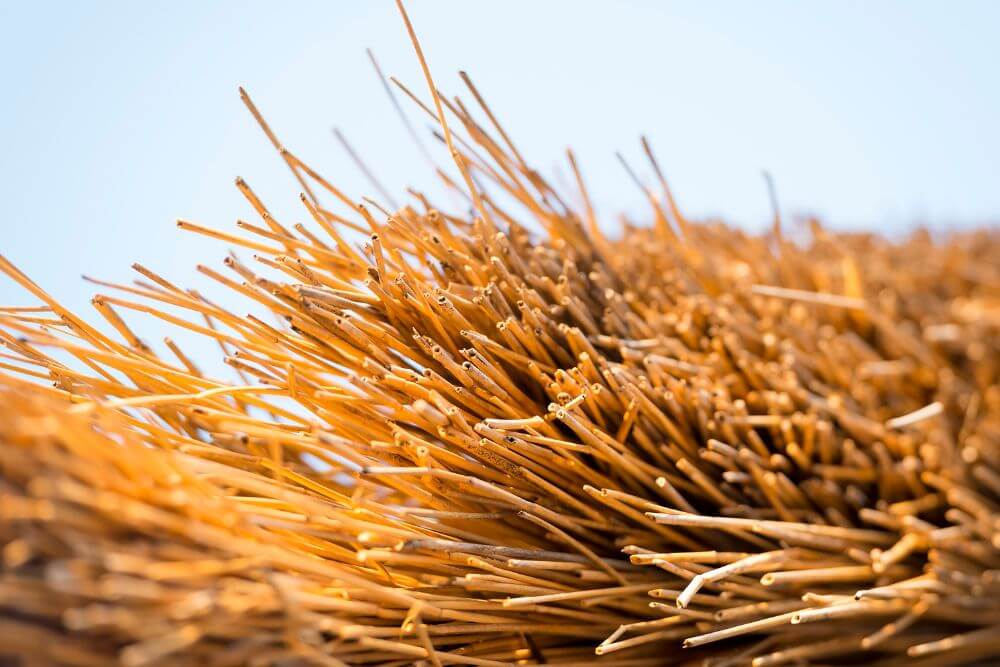
Thatch is a layer of dead grass, roots, and organic debris that accumulates between the soil surface and the base of the grass blades. Excessive thatch buildup can hinder water penetration, air circulation, and nutrient absorption, leading to turf stress and decline. Dethatching or aerating the lawn can help alleviate thatch problems and restore your lawn’s health.
- Causes: Thatch buildup occurs when organic debris accumulates between the soil surface and the base of the grass blades, impeding water penetration and nutrient absorption.
- Solutions: Dethatch the lawn using mechanical methods like verticutting or power raking, aerate the lawn to promote microbial activity and organic decomposition, and avoid overfertilization to prevent excessive thatch accumulation.
8. Fungal Disease
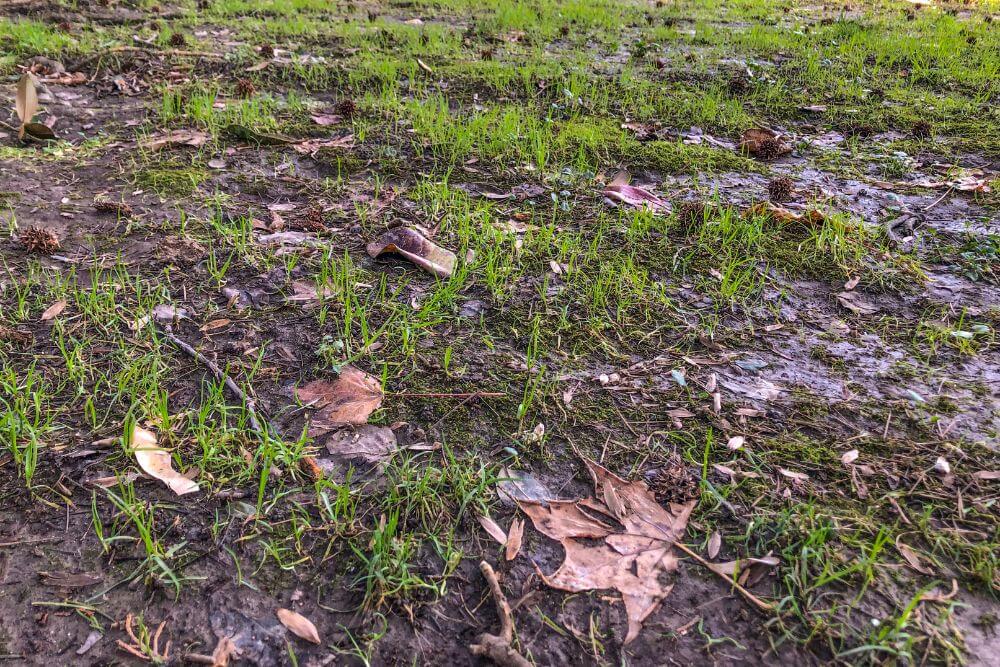
Fungal diseases can wreak havoc on your lawn, causing issues like brown patches, thinning grass, and unsightly discoloration. Keep an eye out for symptoms such as white or yellow spots, moldy growth, or areas of decay. Common fungal diseases in San Jose lawns include brown patch fungus and powdery mildew. Proper lawn care practices, such as avoiding overwatering, improving air circulation, and using fungicides when necessary, can help prevent and control fungal diseases effectively. Regularly inspect your lawn for signs of fungal infections and take prompt action to protect your turf from further damage.
- Causes: Fungal diseases in the lawn can be caused by factors such as high humidity, poor air circulation, overwatering, or inadequate lawn maintenance practices.
- Solutions: Practice proper lawn care techniques to promote good air circulation and reduce moisture levels, avoid overwatering by watering deeply but infrequently, use fungicides as necessary to control fungal infections, and remove and dispose of infected plant material to prevent disease spread.
Keeping your San Jose luxury landscaping in top condition requires vigilance and proactive maintenance., You can take timely action by recognizing the signs that indicate your lawn needs repair to address the underlying issues and restore its vitality. Whether addressing pest infestations, improving soil health, or enhancing drainage, investing in your lawn’s care will pay off in the form of a vibrant, healthy landscape design for years to come.
